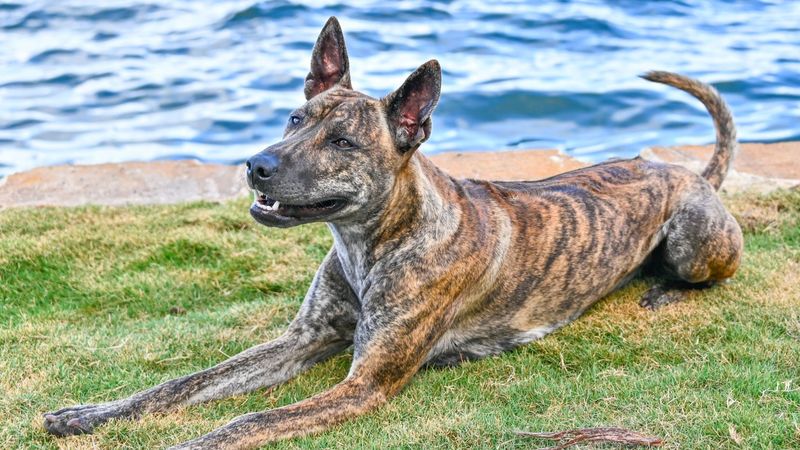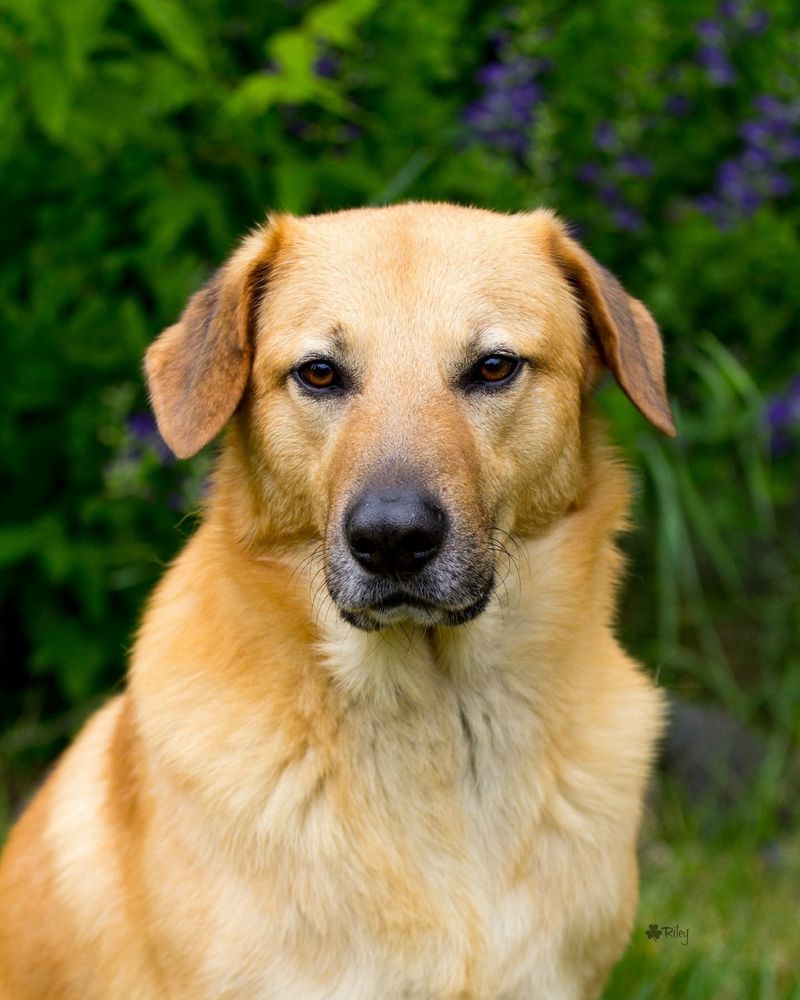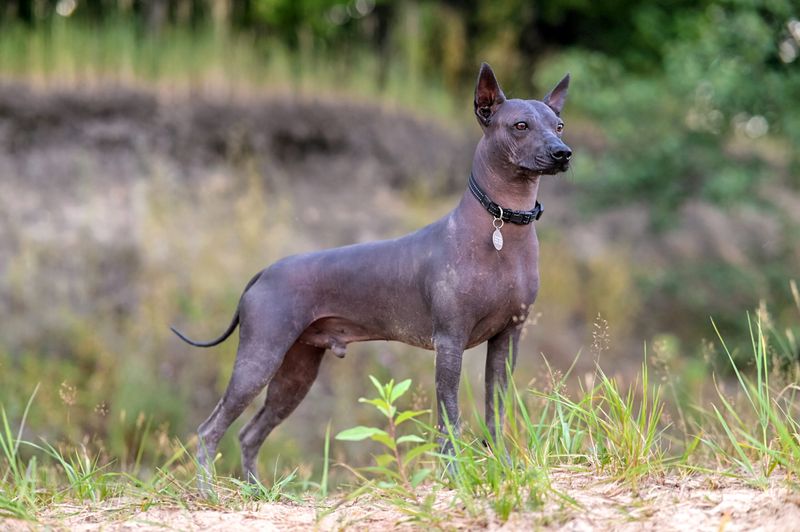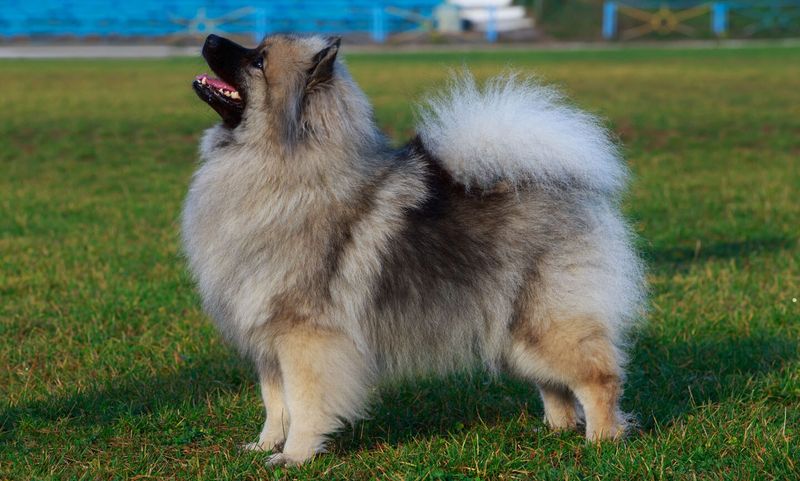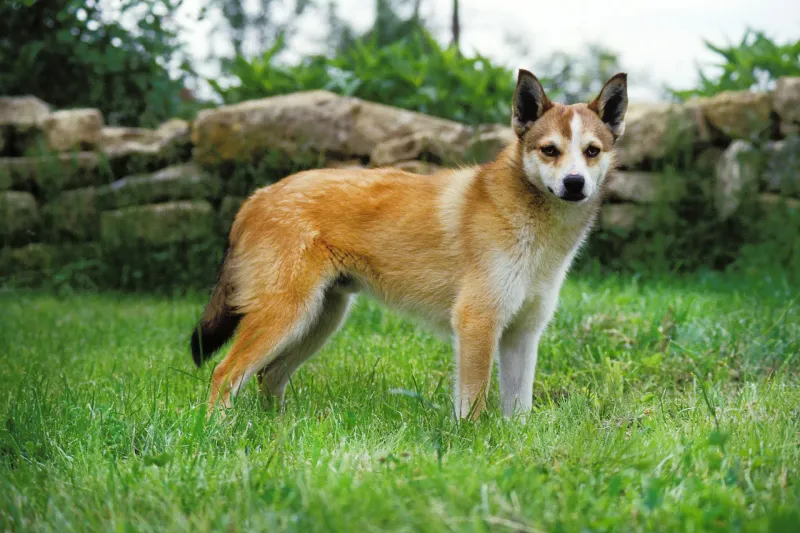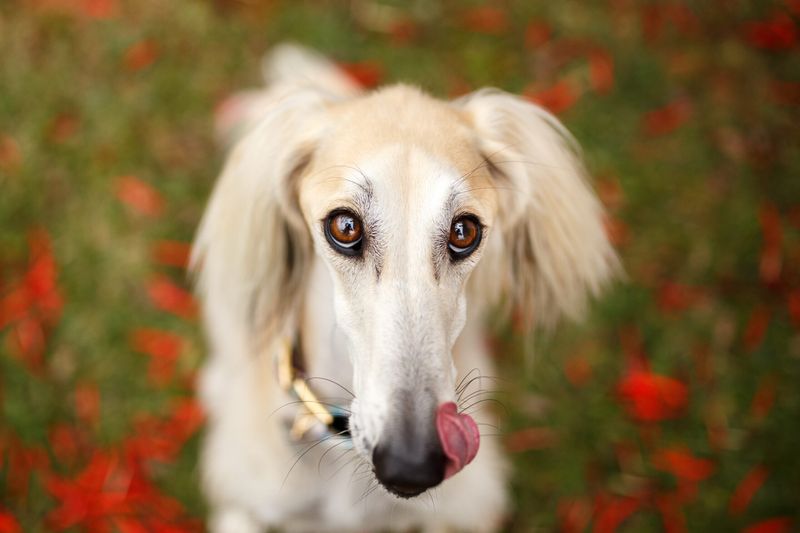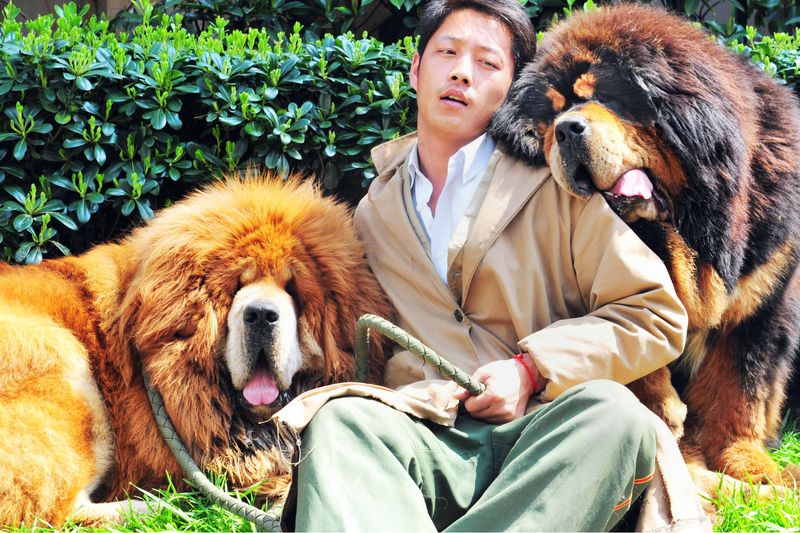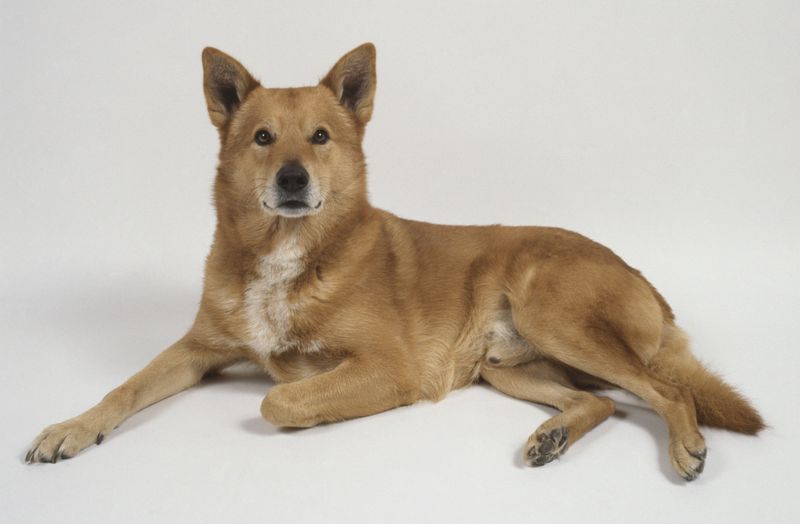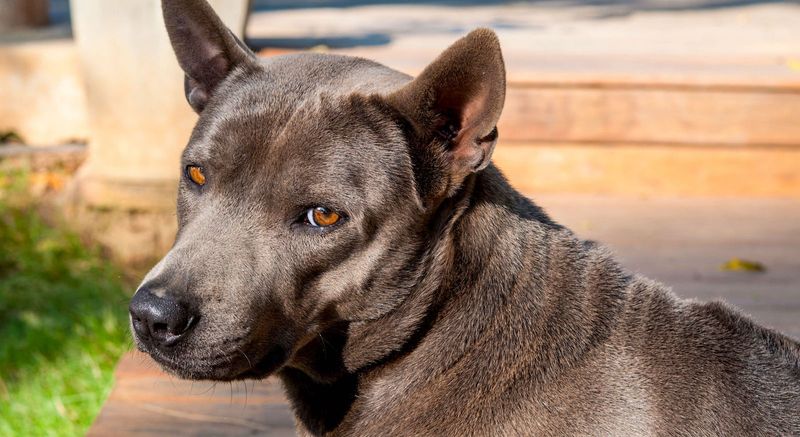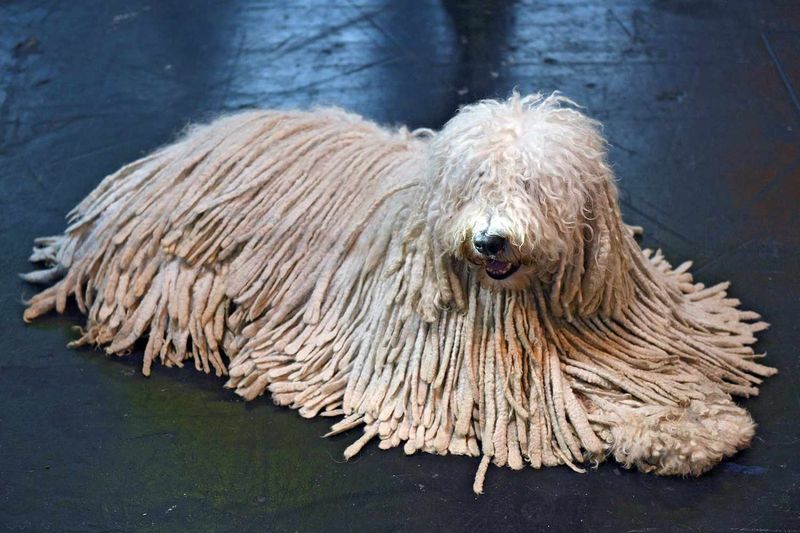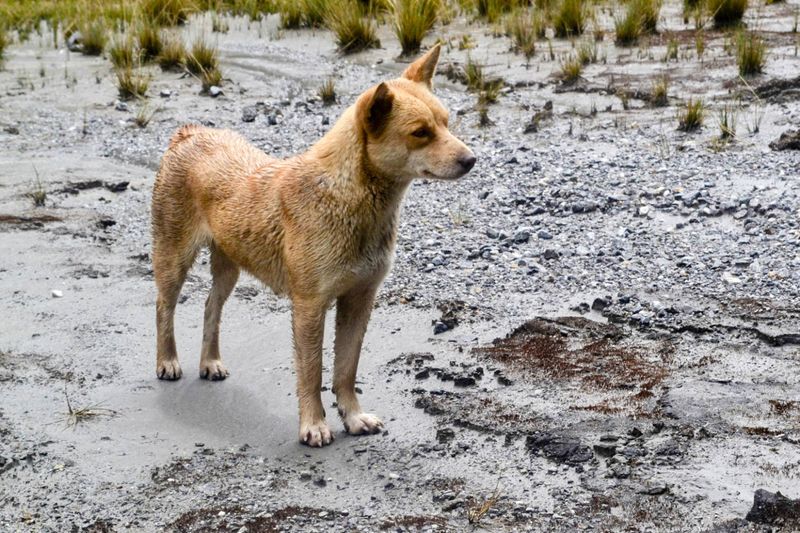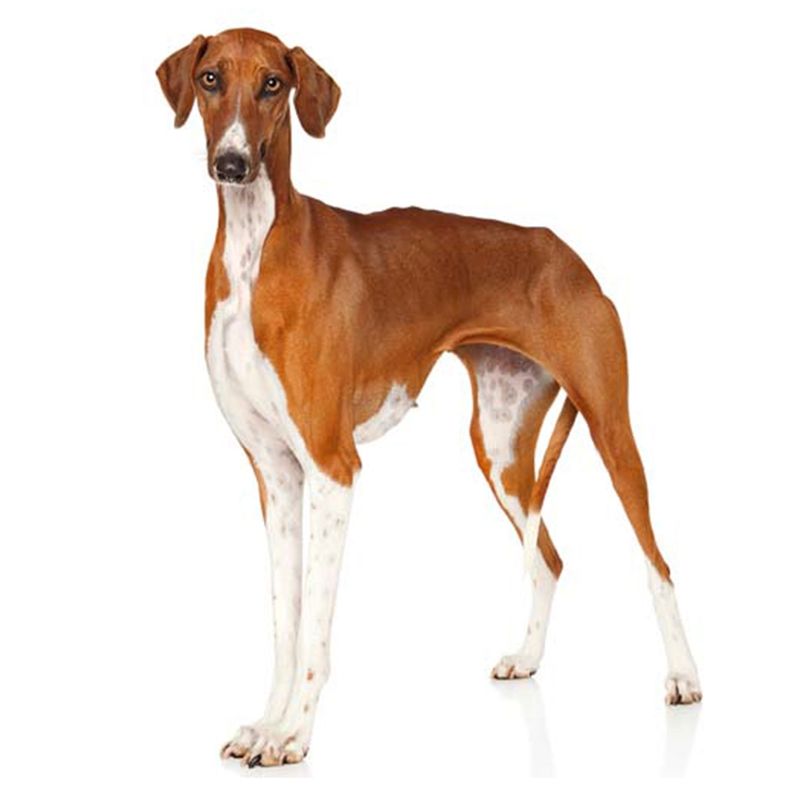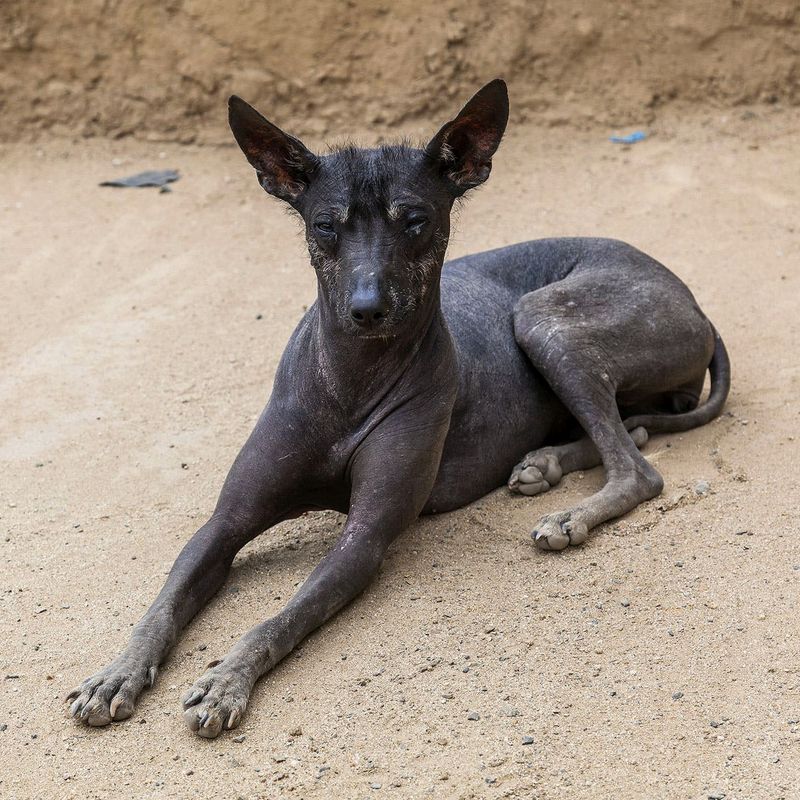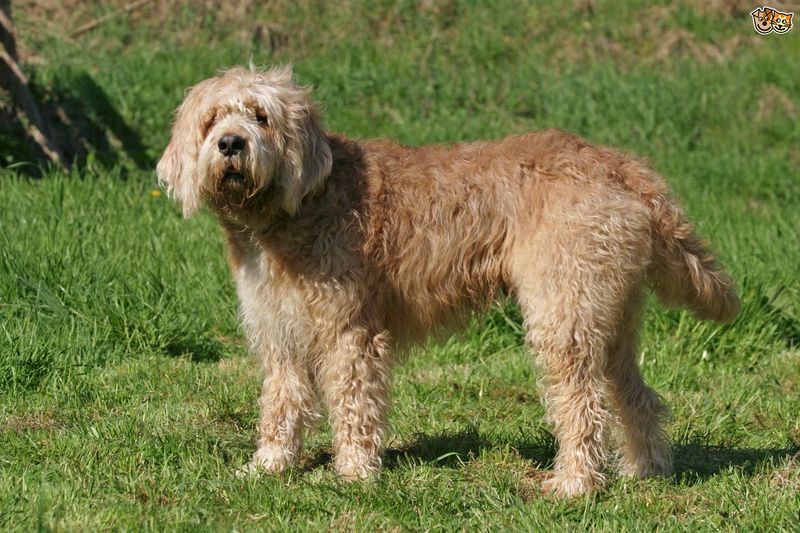Dogs have been companions to humans for thousands of years, playing pivotal roles in history that often go unnoticed. While many breeds are celebrated for their achievements, some remain under the radar. This post explores 15 dog breeds that have profoundly impacted history but are not widely recognized for their contributions.
The Phu Quoc Ridgeback
The Phu Quoc Ridgeback hails from Vietnam’s Phu Quoc Island. This rare breed is known for its unique ridge of hair running along its back. Historically, they were used by locals for hunting and guarding. Their webbed feet make them excellent swimmers, which helped in traversing the island’s waterways. The breed’s intelligence and agility make them versatile working dogs. Though not widely known outside Vietnam, they remain a symbol of the island’s heritage. Their loyalty and protective nature make them excellent companions for those who appreciate a more obscure breed.
The Chinook
The Chinook is an American breed developed for sledding by Arthur Treadwell Walden in the early 20th century. These dogs excelled in the first Byrd Antarctic Expedition in 1929. They are known for their strength, endurance, and gentle temperament, making them ideal for family life. Despite their contributions to exploration, they remain relatively unknown. Enthusiasts continue to preserve the breed’s legacy, but their numbers are small. Their role in history as sled dogs deserves more recognition, especially given their friendly and hardworking nature.
The Xoloitzcuintli
The Xoloitzcuintli, or Mexican Hairless, is an ancient breed dating back over 3,000 years. Revered by the Aztecs, they were considered sacred and believed to guide the souls to the afterlife. Their unique appearance, often hairless, makes them stand out. Despite their historical importance, they are not widely recognized outside Mexico. These dogs are loyal, calm, and make excellent companions. While their ancient lineage is respected in Mexico, international recognition is limited.
The Keeshond
The Keeshond, often called the “Dutch barge dog,” is known for its role as a watchdog on Dutch canal boats in the 17th and 18th centuries. Their cheerful and alert nature made them ideal companions for sailors. Despite this history, they are not as well-known as other breeds. Their loyalty and sociable nature make them perfect family pets. The Keeshond’s thick coat and expressive face often draw admiration, but its historical significance as a symbol of the Dutch Patriot movement remains understated.
The Norwegian Lundehund
The Norwegian Lundehund is a unique breed with six toes on each foot and an extraordinary range of motion. Historically, they were used for hunting puffins on Norway’s cliffs. Their agility and distinctive feet made them perfect for navigating rocky terrain. Though great at their job, they are largely unrecognized outside Norway. Their ability to fold forward nearly flat when necessary is fascinating. Owners value this breed for its charming and playful nature. Their historical role in hunting is overshadowed by their rarity today.
The Saluki
The Saluki, known as the “Royal Dog of Egypt,” is one of the oldest dog breeds. Used by nomadic tribes for hunting, their speed and endurance are legendary. They are often depicted in ancient Egyptian tombs, marking their significance. Despite this, they are not as popular as some other breeds today. Their elegant appearance and gentle nature make them sought-after pets among enthusiasts. Salukis are independent yet affectionate. Their long history and role in the desert cultures are often overlooked.
The Tibetan Mastiff
The Tibetan Mastiff is an ancient breed known for guarding livestock in the Himalayan mountains. Their size and strength made them formidable protectors against predators. They have a thick coat suited for harsh climates. Despite their historical importance in Tibet, they remain relatively unknown elsewhere. Tibetan Mastiffs are loyal and protective, making them ideal guardians. Their majestic appearance and calm demeanor attract those interested in rarer breeds. This breed’s connection to ancient Tibetan culture is profound.
The Canaan Dog
The Canaan Dog is Israel’s national breed, with roots tracing back to the ancient Middle East. Used as messengers and guard dogs, they were vital during the 1940s. Their keen senses and adaptability made them reliable working dogs. The breed’s desert heritage is lesser-known, but they make excellent companions. Canaan Dogs are intelligent, loyal, and thrive in active households. Their historical significance remains unsung outside their native region. These dogs continue to symbolize resilience and history.
The Basenji
The Basenji, known as the “barkless dog,” originates from Africa, where it was used for hunting small game. Its quiet nature and keen hunting skills were highly valued by indigenous tribes. The breed’s lack of a typical bark is replaced with a unique yodel-like sound. Despite their intriguing traits, Basenjis are not widely recognized outside their home continent. Their intelligence and independence make them fascinating companions. This breed’s cultural and historical roots deserve more attention.
The Thai Ridgeback
The Thai Ridgeback is a rare breed originating from Thailand, known for its distinctive ridge of hair along its back. Historically, they were used for hunting and guarding. Their muscular build and agility are impressive. Despite their ancient roots, they remain relatively unknown outside Thailand. Thai Ridgebacks are loyal and protective, making them excellent family dogs. Their historical presence in Southeast Asia is significant but underappreciated. Enthusiasts admire their unique appearance and history.
The Komondor
The Komondor, with its distinctive corded coat, has been a livestock guardian in Hungary for centuries. This breed is known for its protective instincts and loyalty. Their coat provides protection against harsh weather and predators. Despite their striking appearance, Komondors are not as popular as other guardian breeds. They are independent and require experienced handling. The breed’s contribution to Hungarian rural life is notable. Their history as protectors of livestock remains significant.
The New Guinea Singing Dog
The New Guinea Singing Dog is known for its unique vocalizations, resembling singing. They are native to New Guinea and have a wild ancestry. Their adaptability to the rainforest environment is remarkable. Despite their rare and ancient lineage, they are not widely recognized. These dogs are curious and intelligent, making them intriguing pets for dedicated owners. Their singing ability and historical roots offer a fascinating look into canine evolution.
The Azawakh
The Azawakh is a sighthound from the Sahel region of Africa, known for its speed and elegance. Traditionally used by the Tuareg people for hunting, they are valued for their agility. Their slender build allows for incredible speed across desert terrains. Though admired by enthusiasts, they remain less known outside their native region. Azawakhs are loyal and gentle, forming close bonds with their families. Their role in African nomadic life is underrepresented in broader canine history.
The Peruvian Inca Orchid
The Peruvian Inca Orchid is a hairless breed with roots in ancient Peru. Known for their elegant appearance, they are depicted in pre-Columbian art. These dogs were prized for their companionship and hunting skills. Despite their rich history, they are not widely recognized outside Peru. Their affectionate and lively nature makes them wonderful companions. The breed’s connection to Inca culture is profound, yet underappreciated globally.
The Otterhound
The Otterhound is a British breed developed for hunting otters. Their webbed feet and water-repellent coat made them perfect for this task. Despite their specialized skills, they are now a rare breed. Their jovial nature and unique appearance make them delightful pets. The breed’s historical role in hunting is significant but not widely known. Otterhounds are playful and loving, drawing admirers who appreciate rare breeds. Their contribution to British hunting history deserves more attention.

